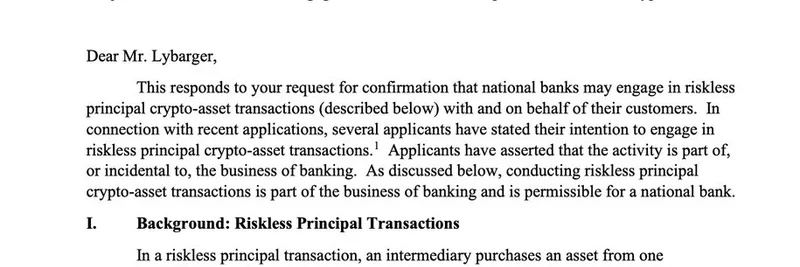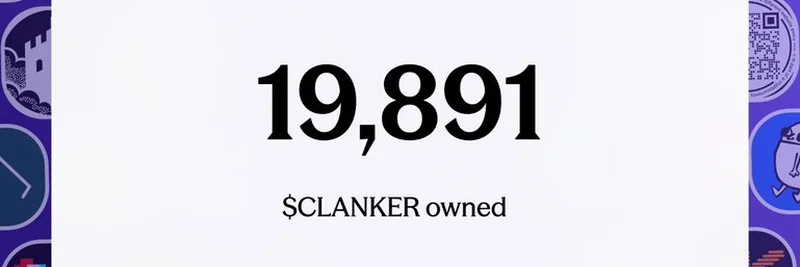If you've been scrolling through crypto Twitter lately, you might have caught this intriguing post from BSCNews: a heads-up on Core DAO's Hermes hardfork and why it "actually matters." As someone who's covered the ins and outs of blockchain tech, I can tell you this isn't just another update—it's a game-changer for the Core network. Let's break it down in simple terms, so even if you're new to this, you'll get why everyone's buzzing.
What Is the Hermes Hardfork?
Think of a hardfork as a major software update for a blockchain—it's like upgrading your phone's OS, but for an entire decentralized network. The Hermes hardfork, named after the swift Greek messenger god, rolled out on Core's Testnet2 on October 15, 2025. It's built on insights from the BNB Smart Chain and brings a bunch of improvements to make the Core blockchain faster, safer, and more user-friendly.
Core DAO itself is a unique layer-1 blockchain that blends Bitcoin's security with Ethereum's smart contract smarts. Its native token, $CORE, powers everything from staking to governance. This hardfork is all about leveling up the network to handle more activity without skipping a beat.
Key Features of the Upgrade
The Hermes hardfork packs in several Blockchain Enhancement Proposals (BEPs)—these are like blueprints for specific improvements. Here's the rundown:
Fast Finality (BEP-126): Transactions now confirm in just two blocks, usually within six seconds. This slashes the risk of chain reorganizations, where blocks get reshuffled, making everything more reliable.
Validator Maintenance Mode (BEP-127): Validators—the folks who secure the network—can now pause operations temporarily for updates without getting penalized. It's like hitting a "do not disturb" button.
Candidate Validators (BEP-131): New validators can join as "candidates" to learn the ropes before going live, which helps spread out power and boosts decentralization.
Consecutive Block Production (BEP-341): Allows the same validator to produce blocks back-to-back, speeding up the network and cutting down on wait times.
Validator Agents (BEP-410): These act as backups for primary validators, handling tasks like signing blocks to keep things running smoothly.
BLS12-381 Precompile (BEP-439): A tech boost for advanced cryptography, enabling things like zero-knowledge proofs—fancy ways to verify info without revealing it all.
Extended Historical Data Access (BEP-440): Smart contracts can now peek further back into block history, useful for random number generation or data analysis.
Code Execution for EOAs (BEP-441): Externally owned accounts (your basic wallet addresses) can now run code, blurring the line between simple accounts and smart contracts.
On top of that, staking gets a refresh: Validators can set commission rates from 0% to 100% on rewards from staked $CORE and even Bitcoin. Channel partners can earn a cut too, which could shake up how rewards are distributed.
There are also bug fixes and performance tweaks, plus the old Personal module in the Geth client is out—folks are encouraged to switch to better alternatives.
Why Does This Hardfork Matter?
In the wild world of crypto, where networks can get bogged down by traffic, Hermes tackles real pain points. Core DAO has seen massive growth—a 2,800% jump in activity year-over-year, with over 350 developers and 100+ dApps. This upgrade keeps the momentum going by making the chain more efficient and attractive for builders.
For $CORE holders, it means potentially higher staking rewards and a more secure network. It's also a big win for BTCfi (Bitcoin finance), as Core focuses on integrating Bitcoin assets seamlessly. Faster confirmations and better tools could draw in more users, pumping up the ecosystem's value.
Impact on the Core Network
Once it hits mainnet, expect quicker transactions without the usual congestion headaches. More validators mean less centralization risk, and the new features open doors for innovative apps. Staking dynamics might shift as validators tweak commissions to lure delegators, leading to a more competitive and fair reward system.
Regular users? You won't need to do a thing—the magic happens behind the scenes. But if you're running a node or validating, grab the latest software (version 1.0.21 on GitHub) and check the official guidelines to stay in sync.
Timeline and Next Steps
The hardfork was originally eyed for September 24, 2025, but after some tweaks, it launched on Testnet2 in mid-October. Mainnet is coming soon, depending on how testing shakes out—keep an eye on Core DAO's channels for updates.
In a nutshell, the Hermes hardfork is Core DAO flexing its muscles, making the network ready for the next wave of crypto adoption. Whether you're staking $CORE or just watching from the sidelines, this upgrade underscores why staying informed pays off in blockchain land. For more deep dives into meme tokens and crypto trends, stick around at Meme Insider!



